Connecting the River City for travel and commerce, they create an urban-scape that is unique in the Southeast. They are the bridges of Downtown Jacksonville.
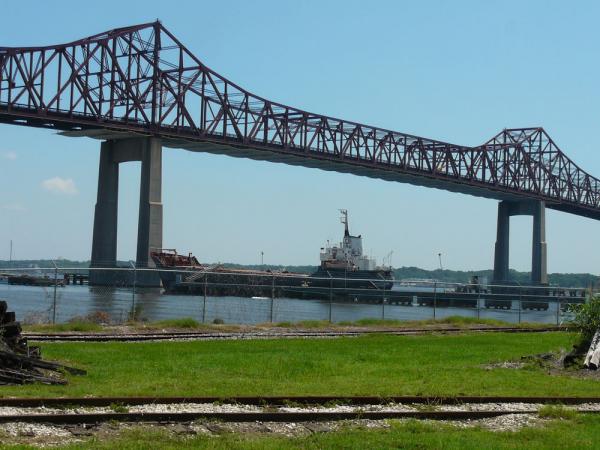
�
1. Florida East Coast Strauss Trunnion Bascule Bridge�
This double track railroad structure is the oldest remaining bridge crossing the mighty St. Johns.� It was constructed by oil magnate Henry M. Flagler, to�provide better access to South Florida�and served as the final chapter of Jacksonville's decline as a major tourist center.
The bascule bridge, completed in 1925, replaced the original swing-span bridge which was constructed in 1889.
�
2. St. Elmo Acosta Bridge�
Constructed in 1921, the original Acosta Bridge was the first automobile crossing over the St. Johns.� It was also the first vertical lift bridge in the state and the first in the Southeast to use a pneumatic process for the placement of its caissons.� Due to high maintenance costs and increased traffic flow, it came down in the 1990's to make way for the Acosta Bridge we know today.
�
The old bridge was originally called the St. Johns River Bridge.� Tolls were charged until 1940, earning more than $4 million for the city.
�
The current 1,645 foot�long Acosta Bridge opened to traffic in 1993.� It carries six lanes of vehicular traffic and the two-track Skyway Express in the center.� The longest span is 630 feet in length and it has a clearance of 75 feet.
�
�
3. John T. Alsop, Jr Bridge (Main Street Bridge)
Serving as the backdrop for many postcards, the Main Street Bridge is the most well known river crossing in downtown.� Carrying four lanes, it was opened to vehicular traffic in July of 1941.
In its early years, all Northbound traffic continued along Main Street.� In 1978, this pattern was changed when several approach ramps were constructed.� Today, City Hall is looking at the possibility of taking the structure back to its original design.
�
The Main Street Bridge is a 1,680 foot long steel lift�structure, with a�vertical clearance of 135 feet when open and 35 feet when closed.
�
In 2006, Mayor Peyton announced the Big Idea Plan, which included reducing the heavily traveled bridge to 3 lanes to widen the sidewalk, hoping that more pedestrians would use the structure as a result.� However, that idea died due to the high level of traffic using the structure.� Instead, the Mayor's Office has discussed adding a cantilivered structure to increase sidewalk widths at some point in the future.
�
4. John E. Matthews Bridge
The Matthews takes the title of Downtown's most notorious crossing, due to the center span's steel grating.� Its 1953 opening also resulted in the boom of the Arlington and Regency areas, also signaling the leveling off of retail growth in downtown.� Today, the center span's grating is being replaced with a concrete surface.
The Matthews stretches 7,736 feet in length with a clearance below of 152 feet, enabling freighters to move to maritime related industries along Commodore's Point.
�
5. Fuller Warren Bridge
Originally opened one year after the Matthews, in 1954, the Fuller Warren Bridge is the most heavily traveled.�
The original bridge�was a bascule�structure that was known for clogging up Interstate 95 with toll booths and a�vertical lift span.� Its ultimate demise�also represents�one of the recent missed opportunities that the city has�failed to take advantage of.� For a relatively minor expense to convert it into a public pier, it was recently demolished at a cost higher than the potential conversion would have been.
�
The new 7,500 foot long segmental bridge opened in 2002.� It carries eight lanes across the St. Johns with a clearance below of 75 feet.
�
6. Isaiah David Hart Bridge
This structure is named after the founder of Jacksonville.� It was the last�bridge to be constructed downtown�before the�Acosta and Fuller Warren replacements.�
The Hart Bridge's cantilever steel truss structure makes it a unique addition to the urban landscape.
�
The Hart stretches 3,844 feet across the river, with a clearance below of 141 feet.
Together the FEC, Acosta, Main, Matthews, Fuller Warren, and Hart Bridges combine to give downtown a visual appeal that can't be recreated anywhere else.

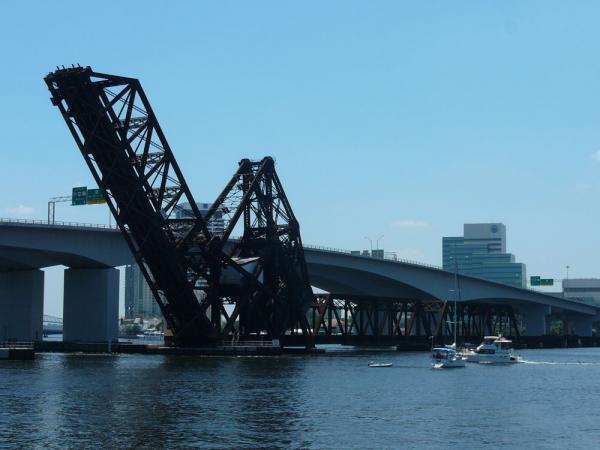
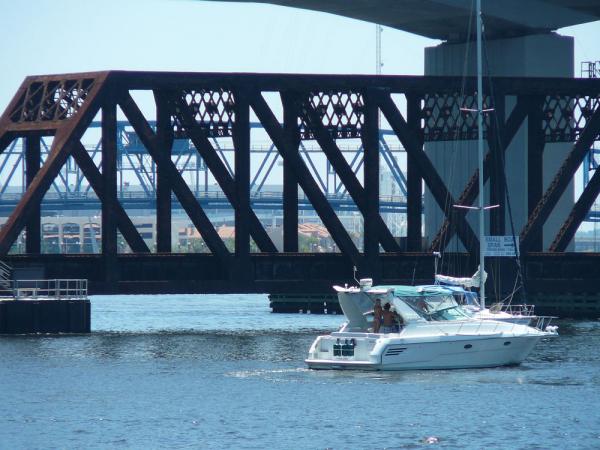
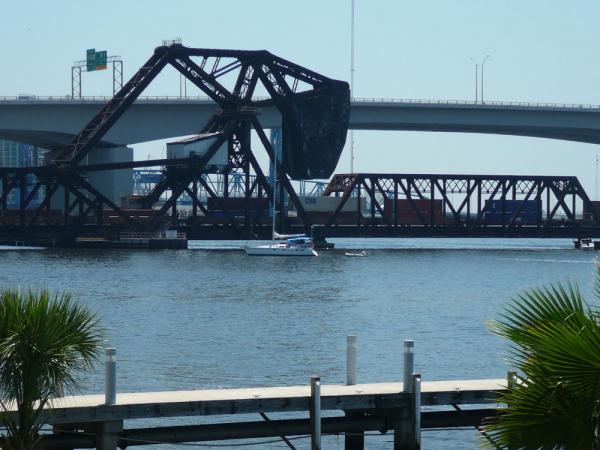
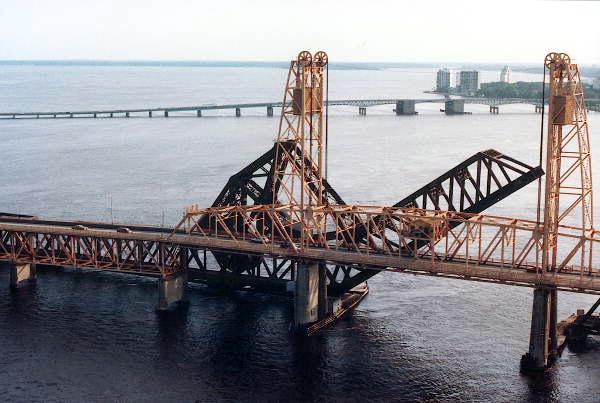
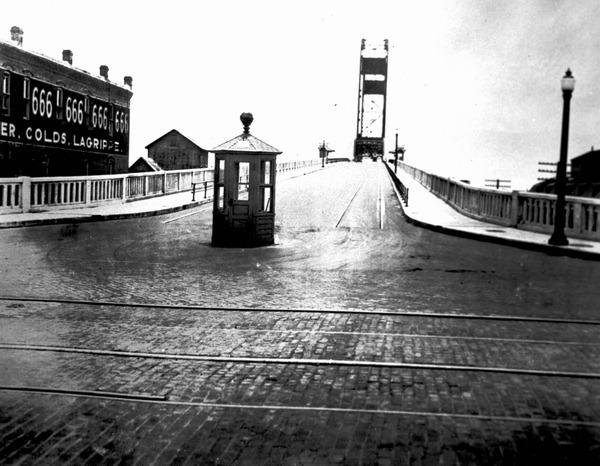
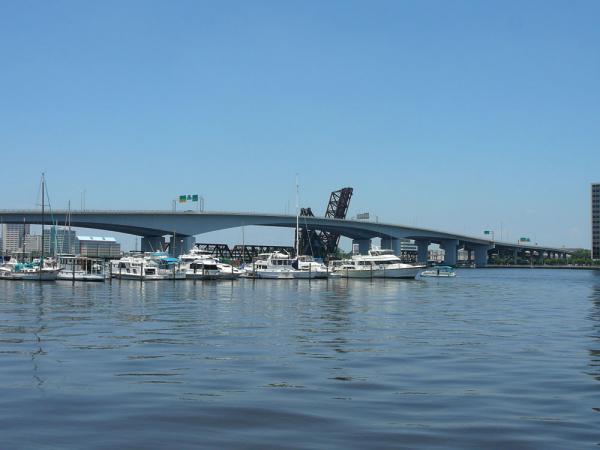
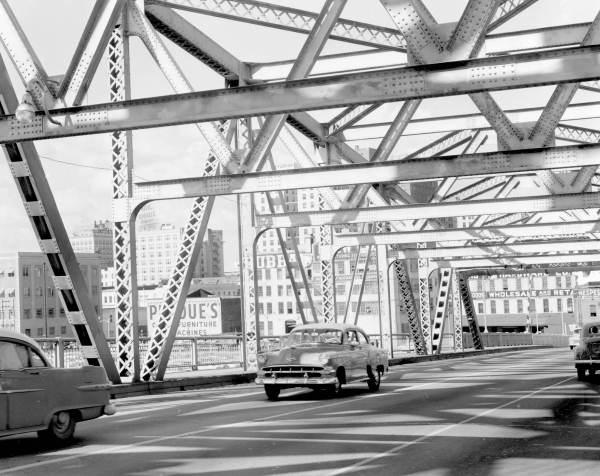
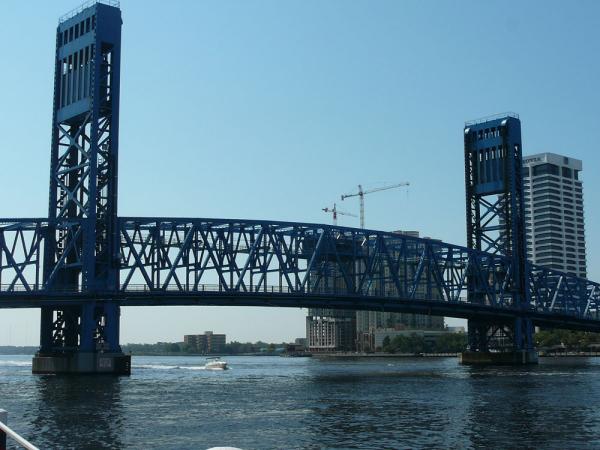
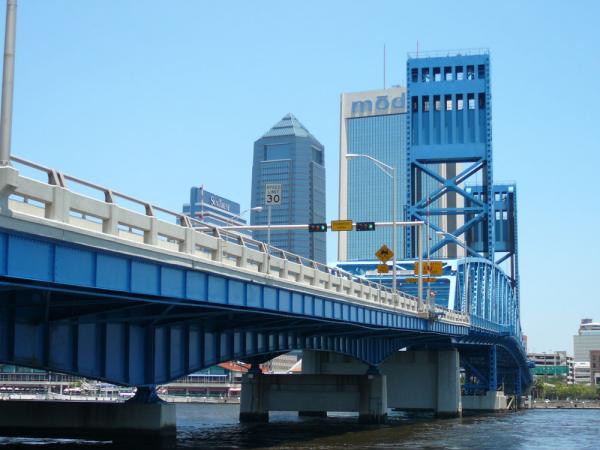
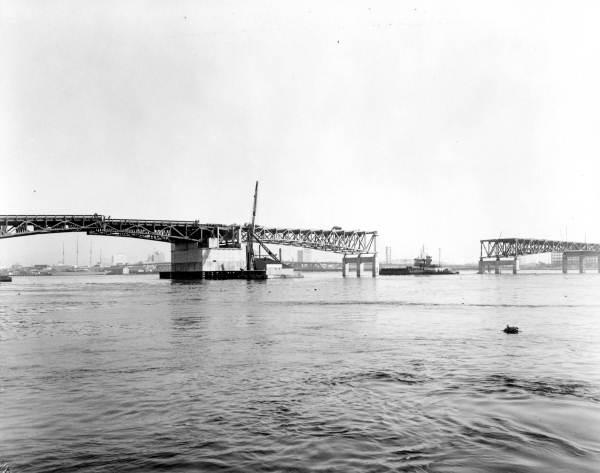
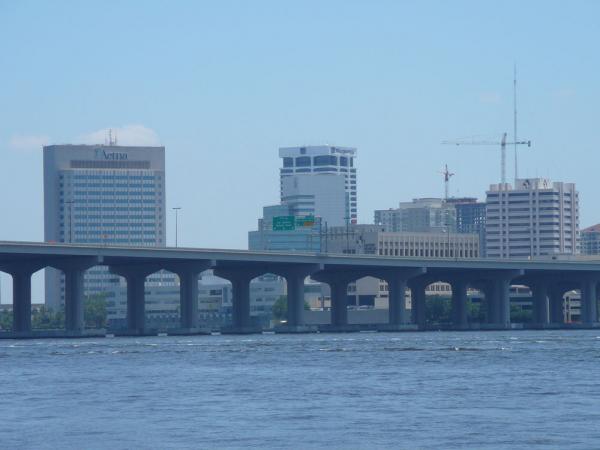
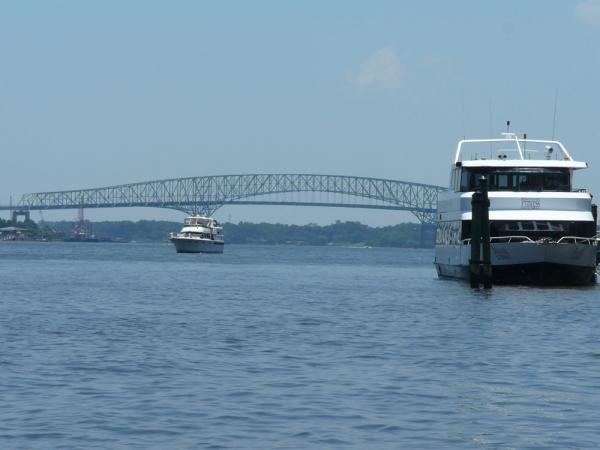
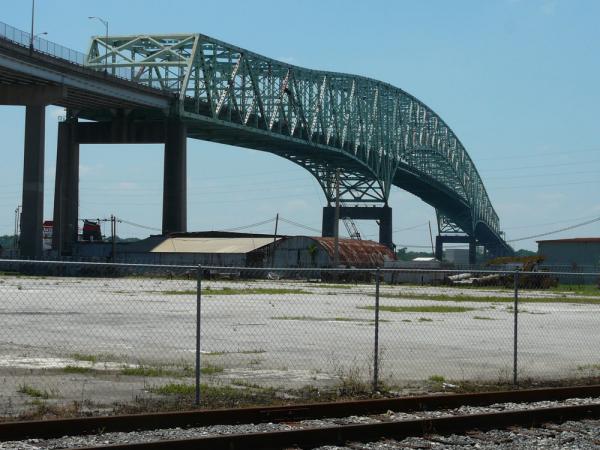
19 Comments so far
Jump into the conversation